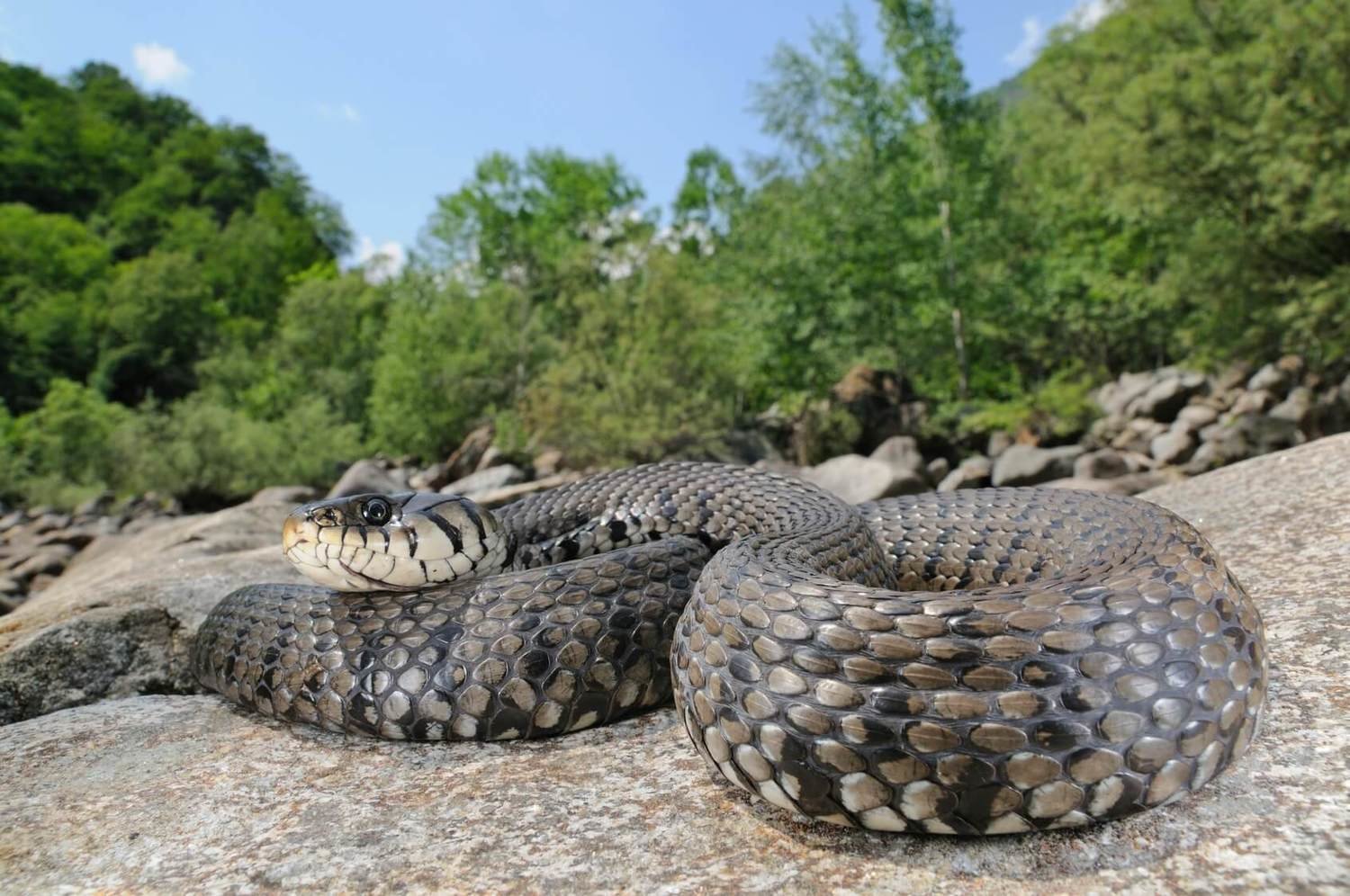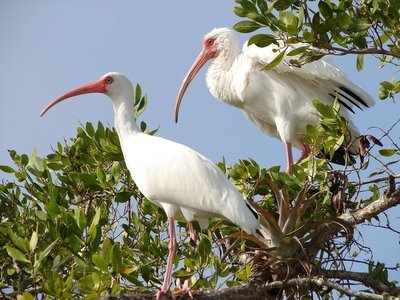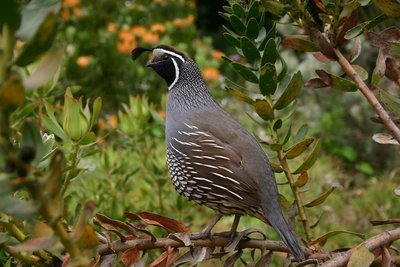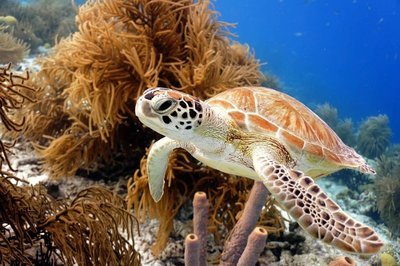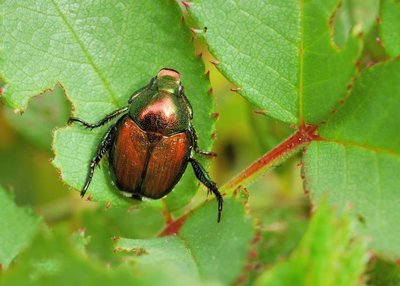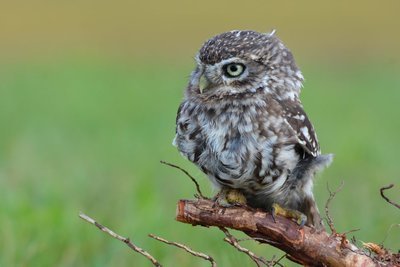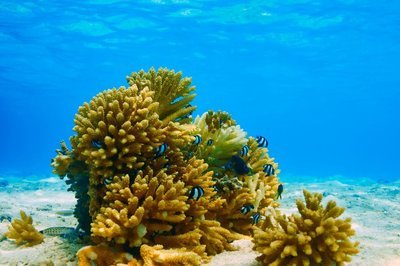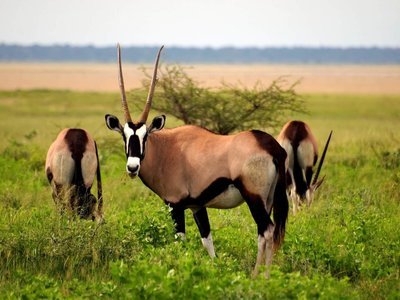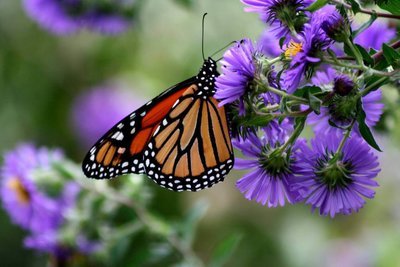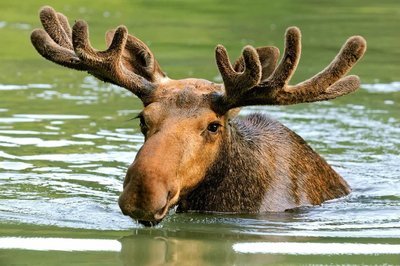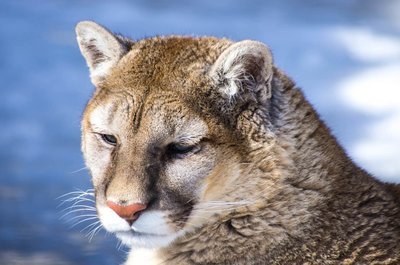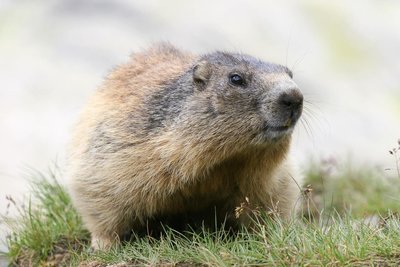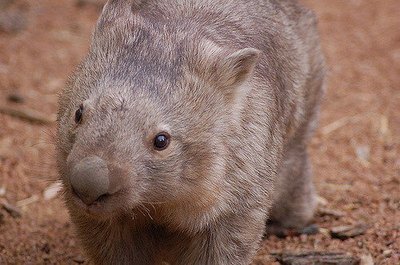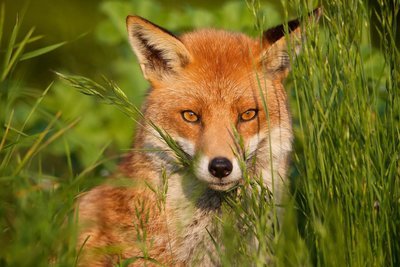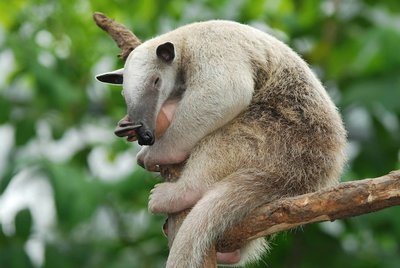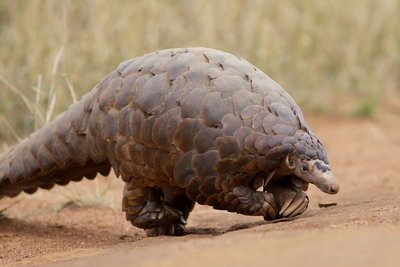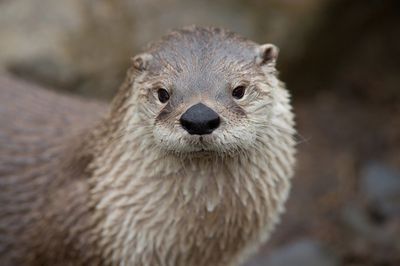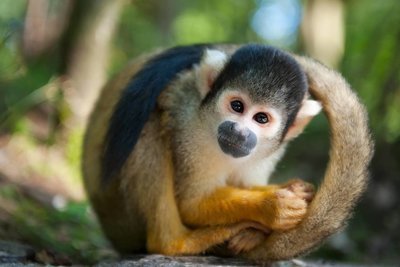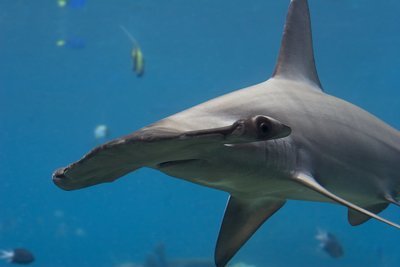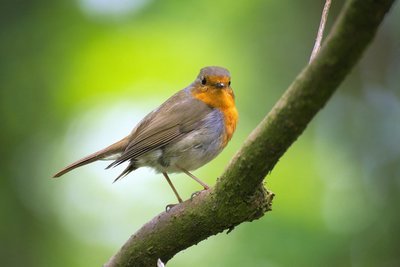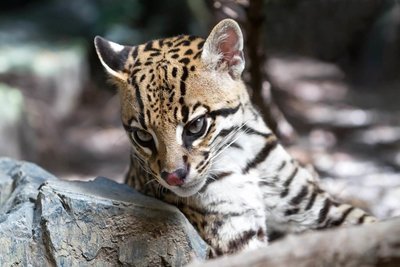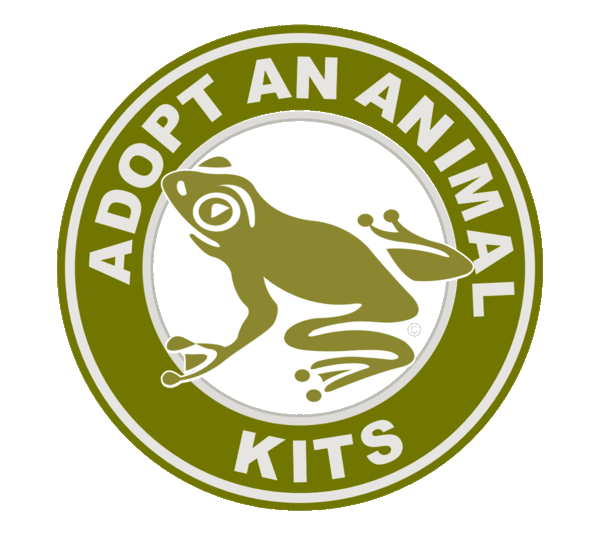

Adopt An Animal Kits
Adopt An Animal symbolically. Your Adopt An Animal Kit comes in a Deluxe Folder and includes: Glossy Photo of Your Adopted Animal; Adopt An Animal Adoption Certificate; Fact Sheet About Your Adopted Animal; Help Animals Info Cards Packed With Information On Animal Issues & How You Can Help Animals And The Environment. Adopt An Animal for Yourself or as a Gift.
Adopt An Anaconda
Adopt An Anaconda
Your Adopt An Anaconda Kit comes in a Deluxe Folder and includes:
- Glossy Photo Of Your Adopted Anaconda
- Adopt An Anaconda Adoption Certificate
- Fact Sheet About Your Adopted Anaconda
- Help Animals Info Cards Packed With Information On Animal Issues & How You Can Help Animals And The Environment
Adopt An Anaconda Kits make great gifts and can be sent directly to the recipient. Simply supply the recipient's name and mailing address as shipping information. We'll even include a letter stating the Adopt An Animal Kit is from you.
Adopt An Animal symbolic adoption is a one time fee. Adopt an animal for yourself or order an Adopt An Animal Kit as a gift. Help make a difference for animals - Adopt An Animal Today!
Adopt An Anaconda
The most common snake of the Anaconda genus is the green anaconda. These snakes are found in the tropical forests of South America and have the scientific name, Eunectes murinus. All members of the Eunectes genus are aquatic and found in South America; namely Ecuador, Peru, Bolivia, Brazil, Columbia Venezuela and Trinidad & Tobago.
The green anaconda is considered the largest snake in the world. Its cousin, the reticulated python, rivals the anaconda in length, but the anaconda’s girth makes it nearly twice as heavy. The green anaconda can grow to be 29 feet in length and 12 inches in girth. It is not uncommon for them to weigh in at 550 pounds. Females tend to be significantly larger than males. The yellow, dark spotted and Bolivian anaconda species are all a good deal smaller than the green anaconda.
Being aquatic, anacondas prefer to live in the swamps, marshes and slow moving rivers of the Amazon and Orinoco basins. On land in the tropical rainforests, anacondas are slow and clumsy, but in the water they are deadly. With their eyes and nasal slits located directly on top of their heads, anacondas can lay in wait for prey while almost completely submerged and hidden from sight. Their dark green color and body pattern affords them effective camouflage.
The green anaconda preys upon deer, birds, fish, turtles, capybara, caimans and the occasional jaguar. They can go weeks or even months without eating after a particularly large meal. Anacondas are nonvenemous and dispatch their prey by wrapping their thick, muscular body around it and constricting until the animal asphyxiates. Since the majority of their hunting is done in water, the anaconda’s prey is as likely to die from drowning as from constriction. Their jaws are attached by stretchy ligaments which allow them to swallow their kill whole. They are able to consume prey up to 50% of their own body size. A myth about anacondas is that they “unhinge” their jaws in order to swallow large prey. In reality, their jaws are not hinged like those of humans at all.
Anacondas sense nearby prey through a series of vibrations. They also detect chemical cues in the air with their forked tongues and Jacobson’s organs. Males of the species use these mechanisms to sense female pheromones during breeding season. Anacondas also have pit organs along their upper lip that allow them to detect heat signatures given off by potential prey. Their visual and auditory senses are poorly developed in comparison, but likely play a small role in hunting for prey.
Predation upon the anaconda is dependent upon the age and health of the individual snake. Young anacondas experience a high mortality rate, and are therefore very aggressive. Jaguars and caiman prey upon young snakes. Snakes in dryer areas experience higher levels of predation than those living in river basins. Large anacondas experience far fewer instances of predation, especially females who sometimes kill and eat males during mating season. When under attack, green anacondas burrow into the mud or flee into the water where they are much faster and more agile. If unable to escape an attack, they will coil into a ball to protect their head and emit an odor from their cloacal glands.
A group of anacondas is referred to as a bed or knot. During mating season, a knot of competing males will surround a female forming a breeding ball that can last up to four weeks. The males coil around the female and fight to gain access to her cloaca. The female may breed with several of these males during this period, and sometimes will eat the males after mating. It is not uncommon for a pregnant female to feed on nothing else until after birth, so this behavior ensures her survival. Competing males rarely fight with one another over a mate, and after breeding migrate back to their home territory or continue on in search of other females.
Unlike other snake species, the female anaconda retains her eggs until the time of birth. She delivers two to four dozen live young at the end of her seven month gestation period. Females mate during the dry season, usually March – May, then remain mostly inactive for the following seven months. They give birth in shallow water in the late afternoon or evening during the wet season. The group of live young is referred to as a clutch. Scientists have found that clutch size is proportional to the size of the snake, with larger females having larger clutches. This may be due to larger females having greater fat reserves than smaller females. Breeding usually occurs every other year allowing the females to recuperate from the trying tasks of breeding, pregnancy and birth. The average lifespan of the anaconda is approximately ten years in the wild and up to thirty years in captivity.
Anacondas are extremely adaptable to their environment, aiding in their survival in harsh tropical environments. During the dry period, the anaconda must either migrate in search of water or burrow into the mud for survival. Those that burrow underground enter a state of dormancy for the duration of the dry period. Anacondas living in direct proximity to river basins are usually spared this survival technique.
Anacondas are most active in the early evening when the oppressive tropical heat is less intense. They are able to cover long distances in short periods of time, especially when searching for water in the dry season, or when males are seeking females for breeding. Anacondas are poikilotherms, meaning they cannot regulate their own body temperature. They strategically position their bodies into the path of the sun for heat regulation.
THREATS TO ANACONDAS
Anacondas have little impact on the indigenous people of South America. They are one of the only snakes capable of killing and consuming a human, but since humans do not typically live in areas where anacondas thrive, these deaths are rare. Some Brazilians and Peruvians believe that the anaconda possesses magical and spiritual powers. They kill snakes and sell their body parts for use in rituals.
Adopt Adopt An Animal Kits
Our Adopt An Animal Kits are educational packets that allow you to symbolically adopt a favorite animal species and contain a variety of information promoting the protection of wildlife, companion animals, farm animals and the environment. By purchasing a symbolic adoption kit you will receive a packet of information regarding daily choices you can make to help the earth and animals.
Your Adopt An Animal Kit comes in a Deluxe Folder and includes:
Glossy Photo Of Your Adopted AnimalAdopt An Animal Adoption CertificateFact Sheet About Your Adopted AnimalHelp Animals Info Cards Packed With Information On Animal Issues & How You Can Help Animals And The Environment.
Adopt an animal for yourself or order an Adopt An Animal Kit as a gift. Symbolically adopting an animal is the perfect gift for a loved one who loves animals, and helps to promote the compassionate treatment of animals and respect for the environment by offering information on how to help the earth and animals. Adopt An Animal Kits can be sent directly to the recipient: simply supply the recipient's name and mailing address as shipping information. We'll even include a letter stating the Adopt An Animal Kit is from you.
Adopt An Animal Kits is a small, independent business not affiliated with any other business, non profit or charitable organization.
Fast Shipping!
Shipping time for Adopt An Animal Kits averages 2 to 4 business days - USA. Allow additional time for Adopt An Animal Kits orders outside the USA. Your Adopt An Animal Packet will arrive approximately 2 to 4 business days following shipping date. Shipping for Adopt An Animal Kits within the USA is by U.S.P.S. Priority Mail.
INTERNATIONAL ORDERS: Average shipping time for Adopt An Animal Kits outside of the USA is 5 to 14 business days, including Canada. International Shipping & Handling for Adopt An Animal Kits is by U.S.P.S. First Class Mail.
About Us
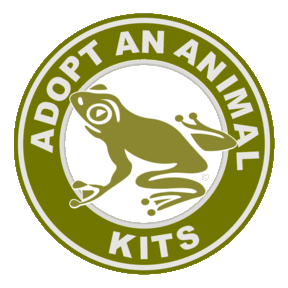
Adopt An Animal Kits, LLC
The world is teaming with an amazing diversity of animals. Some species are beautiful, others bizarre — but they all are important to the ecosystem and deserve our respect, compassion and protection. Unfortunately, many animal species are declining at a rapid rate as a result of irresponsible human activities. Habitat destruction, pollution, hunting, poor agricultural practices and changes in climate are among the threats faced by wildlife and domestic animals.
Adopt An Animal Kits, LLC is a small business who believes in promoting the advancement of compassionate living by educating the public about animal and environmental issues and what individuals can do to prevent cruelty to animals. Through our work, we strive to eliminate the prejudice of animals (speciesism) through educational efforts. Our business produces printed and printable educational materials available to individuals with an interest in earth and animal topics. Our Adopt An Animal Kits seek to educate and influence individuals on environmental and animal issues. The purchase of an Adopt An Animal Kit allows you to symbolically adopt your, or your loved one's, favorite animal species while promoting the protection of wildlife, companion animals, farm animals and the environment. Rather than adopting an indivdual animal, you are symbolicly adopting the species. Each kit contains a collection of information on how you or your loved one can make daily choices to help animals and the environment.
Our website provides an information portal regarding these issues. Information posted on the site is free of charge and available to anyone with an interest. Our printed and printable materials are available to individuals with an interest in earth and animal issues. We produce hundreds of fact sheets, flyers, and digital materials regarding environmental and animal issues. Most materials are available at no cost to anyone with an interest.
Adopt An Animal Kits, LLC is not a charitable or nonprofit organization.
